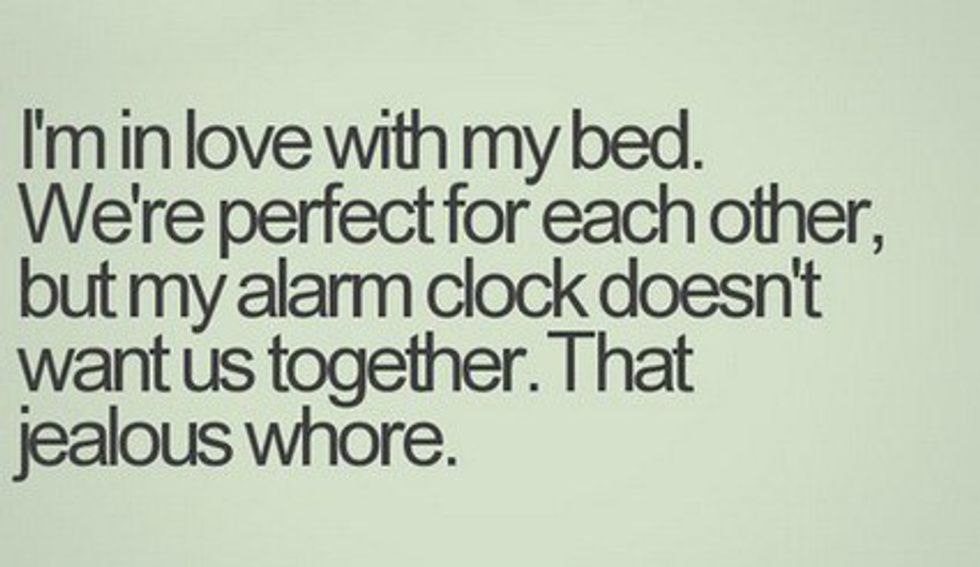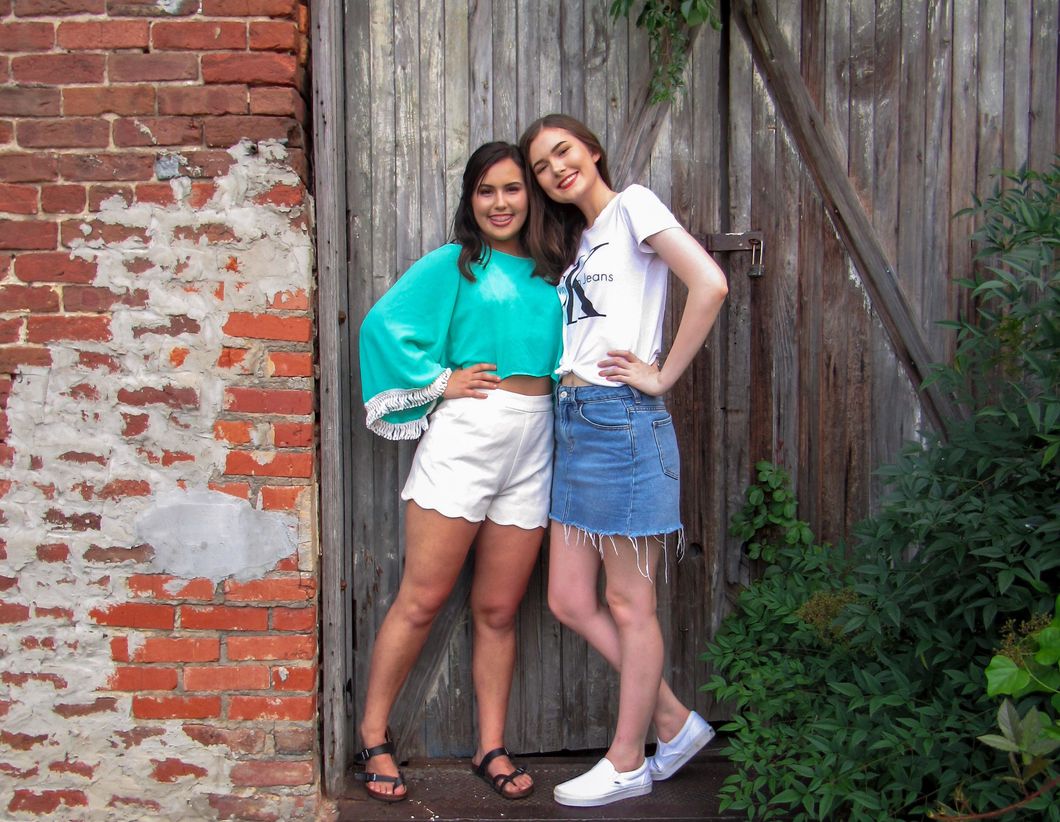Women entering the workforce for the first time have to learn plenty of unspoken rules, such as the fact that makeup correlates positively with competence in the eyes of many male CEOs. The reality is, makeup and wardrobe subconsciously suggest female professionalism and women who contour and dress to impress are more likely to climb the career ladder.
However, in the age of #MeToo, many women wonder how they can walk the line. When you are told that professional dress includes coquettish lipstick, tight pencil skirts, and kitten heels, but you have a right to fight back against sexual harassment in the office, it can feel like a confusing paradox.
Oftentimes, women find that the best way to avoid getting called out for attire that is deemed "inappropriate" for the office is to stick with business casual clothing. But what exactly is "business casual?" This term continues to elude even the most ruthless boss babe, but don't worry. No one really knows what it means.
Even that amazing female CEO you admire so much has probably had her moments of indecision in front of her wardrobe, wondering whether her favourite blouse has too low of a neckline for a business meeting. What exactly is business casual, and how can you wear it in a way that highlights your professional strengths?
The ambiguous meaning of business casual
The truth is, business casual is a very loose and ambiguous term. The dictionary defines it as "a style of clothing that is less formal than traditional business wear, but still intended to give a professional and businesslike impression." In some offices, it can include jeans, as long as they're not too rugged and you pair them with a nice top, while other office settings are more strict. The definition really varies depending on your workplace standards.
One thing is certain: it's the new norm. While business casual was once reserved for less traditional office settings, nowadays it is the norm in a lot of white-collar offices that once maintained suit-and-tie dress codes. Perhaps as millennials take over the workforce, the standards of professionalism are becoming slightly more lax.
If you've seen Instagram shots of your favourite chic female entrepreneur in a ruffled millennial pink blouse, you're probably at least vaguely aware of the image. For women, it is generally expected that you wear a combination of a skirt and blouse (and a blazer, if your office likes to ramp up the air conditioning) with closed-toe shoes.
How to prepare a business casual wardrobe
If you're moving into the workforce straight from education, self-employment, or a work-from-home situation, you're probably panicking slightly about how to arrange an appropriate business casual wardrobe. Fortunately, in the era of capsule wardrobes and online boutiques, it has never been easier to spruce up your tired closet with a few key pieces you can take from the weekday to the weekend.
Start with a few staple pieces, such as a sleek white blouse, a black blazer, and a grey pencil skirt. In the summer, a simple yet classy top with a bow or ruffles can be paired with a pair of black slacks to ensure you stay comfortable all day in the heat. As the weather gets colder, you can add a basic neutral-toned cardigan or blazer to your outfit and wear a pair of black pantyhose under your skirt.
Shoes are the easiest part of a business casual wardrobe, since you really only need a couple pairs. A striking pair of heels, either in black or soft pink, match pretty much everything, and add a touch of elegance and class to your outfit even if you've chosen to wear comfortable slacks that day. Your favourite pointed-toe ballet flats are appropriate, as are leather—or pleather—loafers.


















